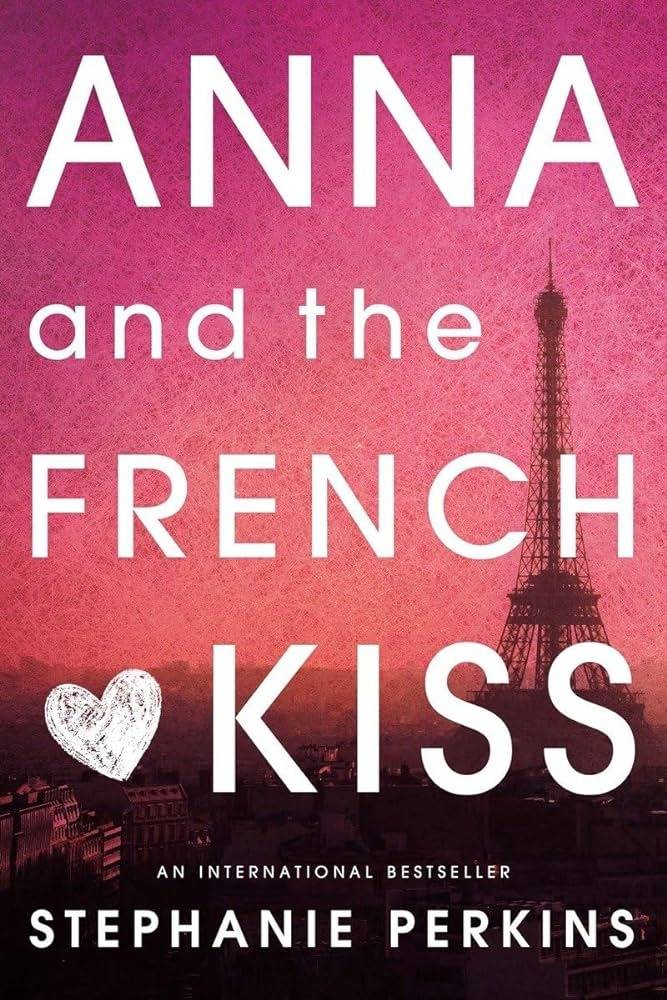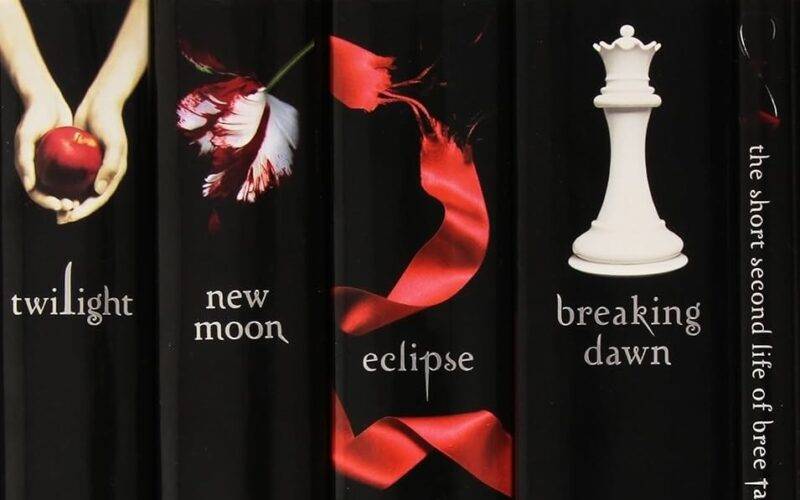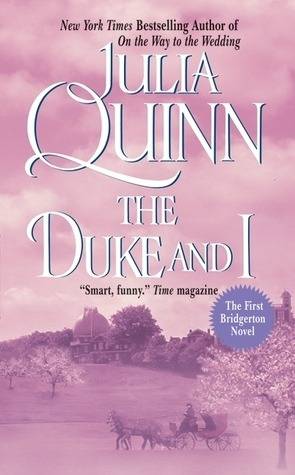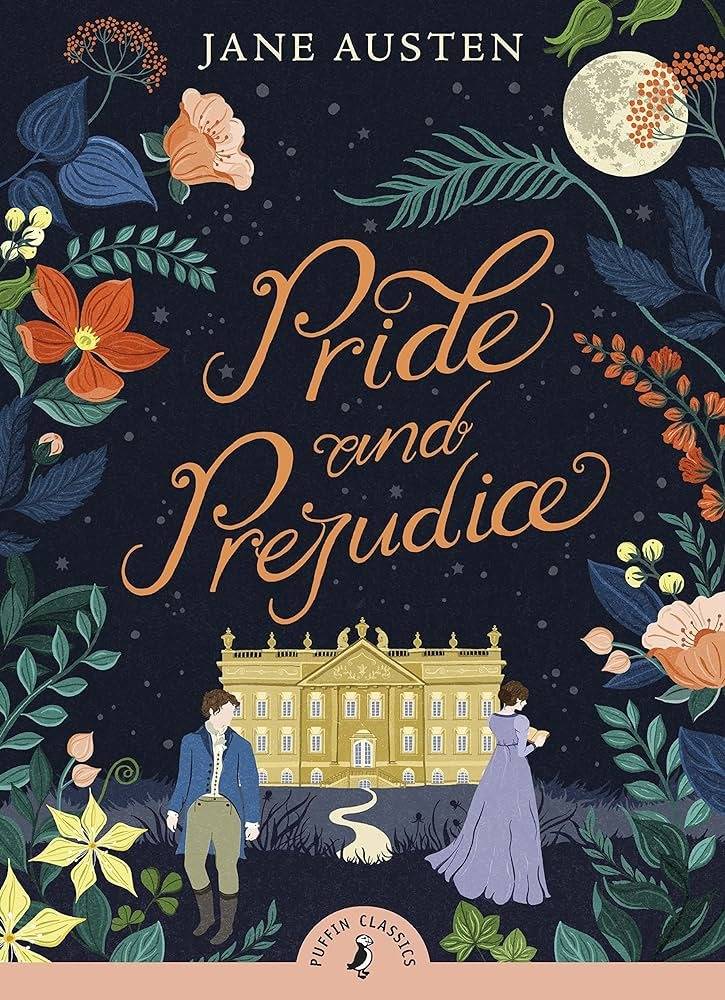What’s your most favorite romance novel?
It’s fascinating how, regardless of the titles you mention, there’s a common thread running through them.
Take a moment to think!
No luck?
Most popular romance novels feature protagonists with opposing personalities
It’s a curious observation, isn’t it? Have you ever wondered just how many romance novels actually showcase characters with contrasting traits? And why is it that love stories with such opposing personalities seem to possess the most passionate and irresistible chemistry?
In fact, some of the most popular novels like “The Duke and I,” “Pride and Prejudice,” or “The Twilight Saga,” aren’t your typical love-at-first-sight tales or childhood sweetheart romances. Instead, they unfold through chance encounters or unexpected circumstances, where the relationship between the leads evolves from initial friction to attraction, and eventually, to love.
What is it about the clash of personalities that fuels such intense and captivating romance?
Throughout literary history, iconic tales of love have often featured characters with contrasting personalities, drawing readers into captivating narratives filled with tension and passion. Be it, Jane Austen’s timeless masterpiece, Pride and Prejudice, where the spirited Elizabeth Bennet clashes with the proud Mr. Darcy, their initial animosity giving way to a deeply romantic connection.
Or the more contemporary literature, Sally Thorne’s The Hating Game introducing us to Lucy Hutton and Joshua Templeman, whose clash of personalities in the workplace leads to electrifying chemistry and a love story that keeps readers hooked until the very end.
Tales of love and passion have often centered around characters with contrasting temperaments, backgrounds, and beliefs. But that wasn’t always the case. Love often played by society’s rules: confined to the upper classes and between people of similar backgrounds, in the early days of classic literature. But as times changed and opposition to social hierarchies grew, authors dared to challenge the status quo – shaking things up by crafting stories where love blossomed between characters from opposite ends of the social spectrum.
Sure, there were naysayers at first, but there were also plenty who welcomed this fresh perspective with open arms. It was like a breath of fresh air—a reminder that love doesn’t care about societal labels. It’s all about the heart.
What’s more exciting than a love story that defies expectations, where passion and connection triumph over everything else? It’s the ultimate underdog tale, the reminder that love knows no bounds. The idea that somewhere out there, against all odds, there’s someone who’ll love you for exactly who you are—flaws and all. And that’s what made the “Opposites attract” genre an OG of romance.
While the idea that opposites attract isn’t a rule set in stone, there’s something captivating about the dynamic. From a psychological standpoint, it’s like magnets pulling together—opposites can balance each other out and offer fresh perspectives. Of course, it isn’t always a smooth sail. But the journey of opposites coming together is a testament to the power of connection and the magic of love.
So, why are opposite personalities’ love stories so irresistible anyways? Is it just the sparks that fly from their differences or the tension that keeps us turning pages? Sure, conflict is like the heartbeat of a story—it keeps things moving and readers engaged. But there’s something deeper at play here.
With opposing personalities, every interaction is a rollercoaster ride of emotions. Readers can’t help but get swept up in the excitement, never knowing what twist the plot will take next. We empathize with the characters’ struggles and cheer for their triumphs, feeling every emotional peak and valley as if it were our own. It’s this emotional investment that keeps us coming back for more.
At its core, opposite personalities’ love stories resonate with us because they reflect our own experiences. We’ve all been drawn to someone who challenges us, inspires us, and changes us in ways we never imagined. It’s this universal connection that makes these stories so compelling, reminding us that love is as unpredictable and exciting as the characters who find it.
While the opposites attract trope undoubtedly has its charm, it’s not without its fair share of criticisms. Some argue that relying too heavily on this trope can lead to stereotyping and predictability in storytelling. One of the primary criticisms of the opposites attract trope is its potential to reinforce stereotypes about personality types, gender roles, and cultural backgrounds. Contemporary literature is challenging these stereotypes head-on by crafting characters that defy expectations and subvert traditional norms. Instead of relying on tired tropes, authors are creating multifaceted characters with depth and nuance, showcasing the diversity of human experiences and identities. They’re giving us characters who defy expectations and break free from tired tropes. Think LGBTQ+ romances, multicultural love stories, and protagonists who challenge traditional gender roles. It’s like a breath of fresh air in a genre that’s often accused of being too formulaic.
It’s undeniable that the magnetic pull between opposing personalities adds a unique flavor to the romance genre, drawing readers into a whirlwind of emotions and unexpected turns. However, as literature evolves, so too does our understanding of love and relationships. Looking ahead, the future of romance lies not just in the clash of personalities but in the exploration of genuine connections that transcend surface differences. The fascination with love stories featuring opposite personalities has captured our hearts for generations. But as literature evolves, so might our preferences. Who knows? This very idea might spark a whole new genre or subgenre.



